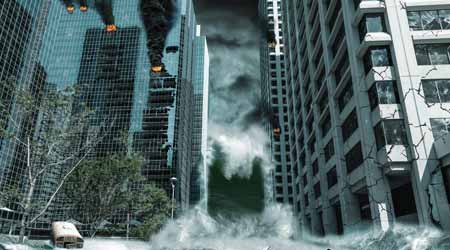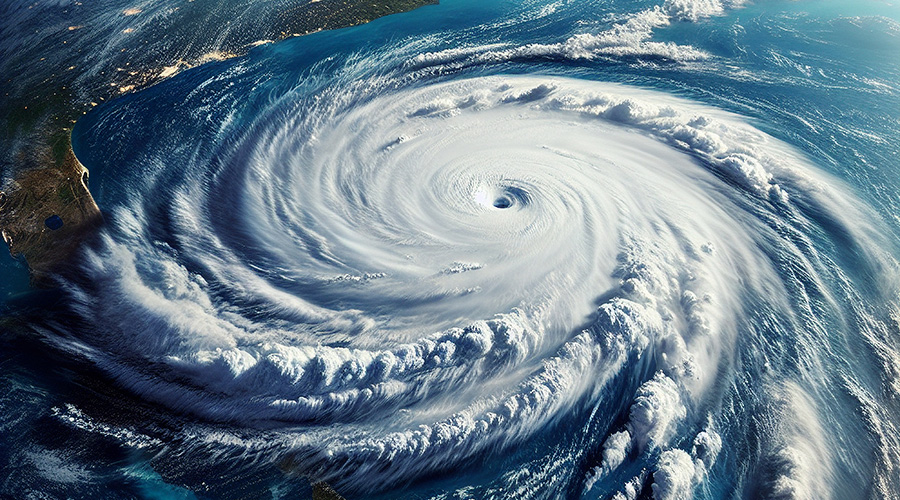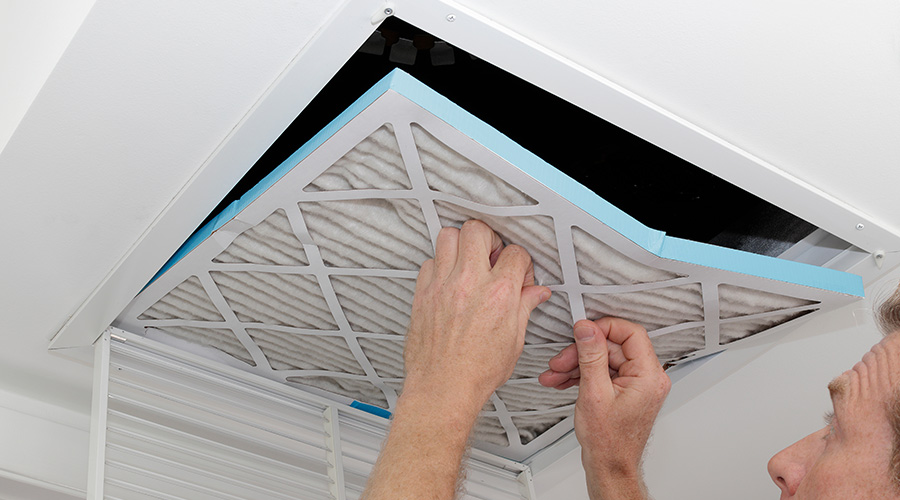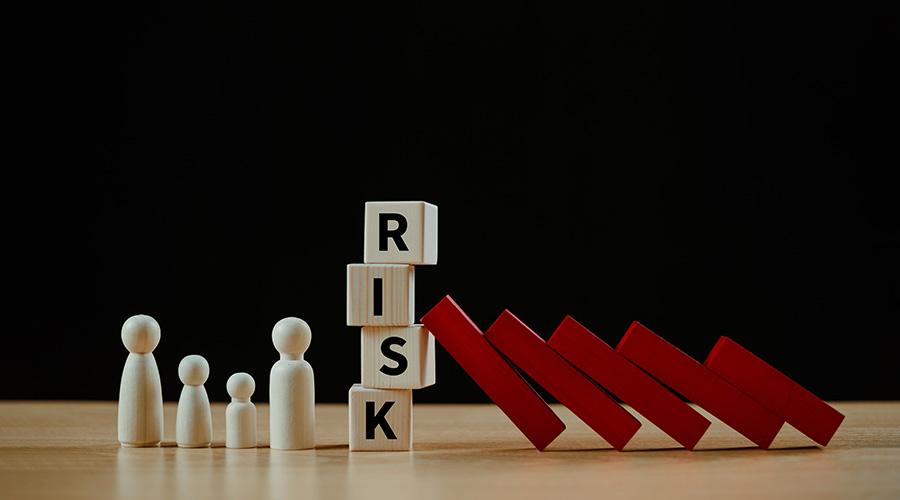4 Vital Resilience Strategies for Facilities
How to think about resilience for both the short- and long-term.
Call it emergency preparedness, disaster planning, or resilience, strategies to cope with extreme weather, natural disasters, and long-term climate changes are increasingly critical for facility managers in any location. The recent report from the Intergovernmental Panel on Climate Change suggesting catastrophic climate change is imminent unless huge greenhouse gas reductions are successful drove home just how imperative resilience is now and will be in the very near future.
For some facility managers, though, resilience is seen as an add-on, not a core competency. But that thinking is shifting as facility managers become more sophisticated in planning for resilience long-term, considering smart building issues in regards to resilience, working with other departments in the organization on resilience strategies, and illustrating financial benefits for resilience, not just in the case of a disaster, but for the long-term health of the organization. These four key concepts of resilience can help facility managers frame resilience as an imperative, not an imposition.
1. Resilience for the long-term. Resilience is often thought of as a series of strategies for hardening a building against a natural disaster, and then setting the organization up to quickly recover after the disaster passes. And while that’s perfectly accurate, facility managers should also consider how to protect their buildings and assets from the slow-moving, longer-term effects of climate change.
“When executed effectively, resilience strategies can do more than strengthen a building in the wake of a major weather event,” says Taryn Holowka, senior vice president, marketing, communications, and advocacy at the U.S. Green Building Council. “Strategies such as long-term, wide-lens planning, community cohesion, and increased sustainability and efficiency can all contribute to enhanced resilience of a building.”
While climate mitigation — that is, reducing greenhouse gas emissions — must still be of utmost priority, resilience strategies that help buildings adapt to the new reality wrought by long-term climate changes are critical as well.
Holowka says USGBC defines resilience as the ability “to plan for, absorb, recover from, and more successfully adapt to” extreme weather events. “Such events include extreme weather like hurricanes and major flooding,” she says. “But they also encompass more slowly-developing, longer-term effects of climate change like extreme heat, water security, and flash flooding.”
One practical strategy for long-term resilience planning is to review an organization’s standards regarding HVAC systems. “It’s important that you’re designing and operating buildings looking at forward-looking climate profiles,” says Jim Newman, founder and CEO of Linnean Solutions and a board member of the Resilient Design Institute. “That way, you can ensure you don’t under-design cooling and over-design heating.”
Climate change may be adding as many as 50 or 60 cooling degree days per year, he says, so if you’re going to be in a building for another 20 years, you need to make sure you’ve planned the appropriate HVAC to handle these additional loads, and handle them efficiently.
Another example is rain. “Rain is more, and more quickly,” says Newman. “There are changes in how precipitation happens. There are many more instances of higher precipitation rates now. We really need to rethink what a 100-year storm is because systems are becoming overwhelmed.”
So if facility managers haven’t thought about stormwater management in a while, there’s no time like the present. Given that there have been several what had been previously measured as 100-year storms (and a few 500-year-storms, as well) in the United States in the past decade, “you really need to think how your building handles water, from parking lots to roofs,” he says.
2. Resilience and automation. Building systems are increasingly tied together, sharing data, and providing advanced analytics and actionable items to facility managers about how their buildings are performing. When it comes to working on resilience, however, fully automated buildings may be both a blessing and a curse. In the event of a natural disaster, if power is knocked out for any length of time, those automated building systems may be gone as well, rendering sophisticated operations useless. So it’s important to consider how a natural disaster can affect automated building systems and to plan for ways to ensure they stay online, or for contingencies if they’re not available.
“If the building’s system is dependent upon automation, a major weather event has the potential to disrupt operations, at least initially,” says Holowka. “When a building has incorporated resilient strategies for operations — such as daylighting, on-site water storage, back-up generator, etc. — it is well positioned to bounce back from a major disruptive event.”
Newman agrees, “Sometimes, automation can make a building less resilient,” he says. “But where you can find real strategic benefit is between electricity procurement and onsite generation and storage.” Onsite demand management is a concept that is gaining prominence, Newman says. This means, in the case of grid outage, using automation and Building Internet of Things technology to reset building setpoints, turning down lighting, and running water pumps more efficiently to extend stored and onsite generated electricity. The state of the art will eventually move to where you can have your own built-in back-up system so your electricity never goes down, says Newman.
Related Topics:













